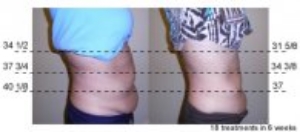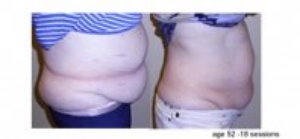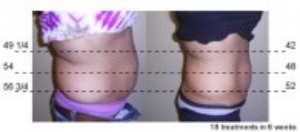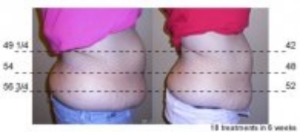The diet that's not a diet... and it happens to be one of the easiest plans to follow. This is what we've been recommending all along. Thankfully we've come across this article that outlines the new recommendations as set out by the Dietary Guidelines for Americans 2015-2020 Edition, it's titled, "The Hottest New Diet Isn’t a Diet at All" by Robyn Flipse.
Meet the dietary pattern, a style of eating with a proven record of success.
Diets are out; dietary patterns are in – at least, that's what the 2015-2020 Dietary Guidelines for Americans seems to say.
That's big news for those of us who like to incorporate the report's nutrition advice into our personal eating habits when it comes out every five years. This time, the government suggests we abandon diets that glorify or shun single foods and nutrients (think butter, eggs, fat and fiber – past years' targets) and shift our attention to overall eating patterns, or the sum total of what, how often and how much we eat, as well as what we eat it with.
Why the move away from "good food/bad food" diets? For one, nutrition science is continually evolving and we are learning from our mistakes. Back in the 1980s, for instance, the guidelines told us to cut back on "bad fats" to lower our risk of heart disease – the No. 1 cause of death for Americans. But people who followed that recommendation filled the void on their plates with simple carbohydrates, such as pasta, bagels and fat-free cookies. In time, we learned those foods weren't any better for our hearts (or waistlines) than the high-fat fare they replaced.
So in 2000, we tried again. The guidelines issued that year redeemed fats – as long as they were "good fats." This recommendation was based on newer research linking populations that regularly ate olive oil, avocados and almonds with a lower incidence of heart disease. We followed suit, dipping our bread in olive oil, adding sliced avocado to our burgers and making almonds our go-to snack. But so far, the only thing that has improved is sales of those foods. Our single-minded pursuit of the perfect food (or fat) to fight heart disease has kept us from seeing everything else that contributes to its lower rates in people with different dietary patterns.
Now, after spending more than two decades rationing just three eggs into our weekly menus, we're being told cholesterol isn't as bad for us as we once thought. Does that mean it's time to order the broiled lobster tail with drawn butter to celebrate?
Not so fast.
What it means is precisely what the latest Dietary Guidelines concluded: When it comes to diet, the whole is greater than the sum of its parts. Put another way, when you eat foods together, their health benefits are greater than a single food could produce on its own. For example, eating eggs every day can lower your risk of heart disease if you are also eating plenty of vegetables, beans, nuts, seeds, fruits, whole grains, fish and olive oil. On the other hand, eating eggs every day along with regular servings of fatty meats, refined grains and excess sodium from highly-processed foods can increase that risk. That's because the connection to heart disease isn't just about the eggs – it's also about everything else we consume with them.
Another advantage of adopting a healthy dietary pattern is that the benefits are cumulative, like compounded interest. So, people who have been eating a Mediterranean-style pattern all their lives, for instance, get an immediate return on investment by meeting their nutritional needs early in life to support optimal growth and development. Later, they receive a long-term dividend by preventing, or greatly reducing, their risk of suffering from the noncommunicable diseases of adulthood, such as arthritis, osteoporosis, macular degeneration and the ubiquitous heart disease. But this payoff requires making consistent contributions to your healthy eating plan, just like building retirement wealth depends on making consistent contributions to your 401K. Both are more effective the sooner you get started.
Choosing a healthy dietary pattern over a diet also leaves more room for the occasional holiday food exemption. (Sorry, but weekends don't count as "occasional.") That approach is different from the can-eat-can't-eat diet style, in which we're open to every loophole that might give us a free pass. Have you ever rushed off to work without eating breakfast so you feel entitled to partake in the office pastries? How about arriving home from work too tired to chop vegetables, so you eat pizza (without a salad) for dinner? What about the Sunday you finally get the whole family together for brunch and end up eating eggs benedict and a Belgian waffle to celebrate? You get the picture: Food choices can change with the seasons, but a dietary pattern remains the same.
Convinced yet? If so, the highly-regarded Mediterranean and DASH plans are a great place to start. Those patterns offer the best of what is known about the food-health connection when put together right, so you won't have to upgrade to something new in another five years. You also won't have to worry about getting caught up in the next fad diet that promises to solve all your health and weight issues because history has shown us they don't work in the long term. Think gluten-free, low-glycemic index, high-protein, low-carb, antioxidant-rich, paleo and probiotic diets, to name a few. It's time to move on something more sustainable.
You can start transitioning to a healthier pattern by following some of these simple tips. The goal is to make the right choice a habit so it becomes your default option.
- Eat at least one piece of whole fruit daily.
- Order “whole wheat” as your bread choice for sandwiches, toast and pizza crust.
- Choose fish over meat or poultry for an entree at least once a week.
- Drink one full glass of water with each meal.
- Add a layer of fresh or grilled vegetables to every sandwich.
- Use nuts or seeds instead of croutons on salad.
- Make chili with more beans and less (or no) meat.
- Have brown rice with all Chinese takeout.
- Include some vegetables whenever you grill.
- Use Greek yogurt instead of sour cream in cooking and baking.
- Make your meat portions no larger than the palm of your hand.
- Choose vegetables to top pizza, fill an omelet, stuff a potato or stretch a soup.
- Keep hummus, salsa and sliced vegetables on hand as your go-to snack.
- Be more inclusive of fruits and vegetables by including fresh, frozen, canned and dried varieties in your repertoire.
Source: http://www.msn.com/en-us/health/weightloss/the-hottest-new-diet-isn%e2%80%99t-a-diet-at-all/ar-BBsq8WJ?ocid=spartanntp
